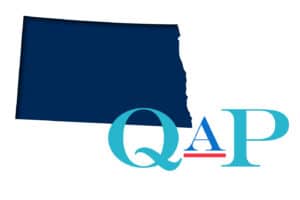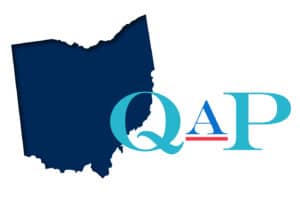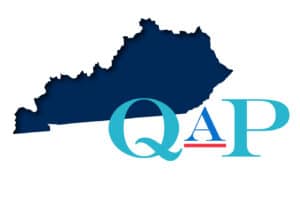Dear Partners,
Happy New Year! Reflecting on 2018 has given me boundless hope for the coming year. As an agency we strived to improve on seven strategic goals and we will build on that momentum in 2019. With the release of the Energy Burden Ten-Year Plan and Assessment this month and the Statewide Housing Plan next month, we have mapped out our strategies and are ready to operationalize them. We look forward to working with our partners to better serve Oregonians.
I would be remiss not to mention the federal government shut down. As you are aware, this situation has created a general sense of uncertainty in our provision of services to Oregonians. Our local Public Housing Authorities and Community Action Agencies will continue to operate and we do not anticipate any lapse in services for a majority of programs at this time. This includes the Low-Income Home Energy Assistance Program (LIHEAP, funded through the Department of Health and Human Services), tenant-based rental assistance, project-based rental assistance, homeless assistance grants, and various block grants. However, staff are not working at the Department of Housing and Urban Development and any programs that require any sort of authorization, including a simple intervention to distribute funds, are on hold. Additionally, one key program is impacted. Services related to the Violence Against Women Act (VAWA) expired upon the federal government shutdown although many local programs will continue to operate utilizing other funding as it is available. OHCS will continue to monitor the shutdown and will respond as needed. More details on the impacts of the federal government shutdown can be found at the National Low-Income Housing Coalition website.
|
|
|
|
|



